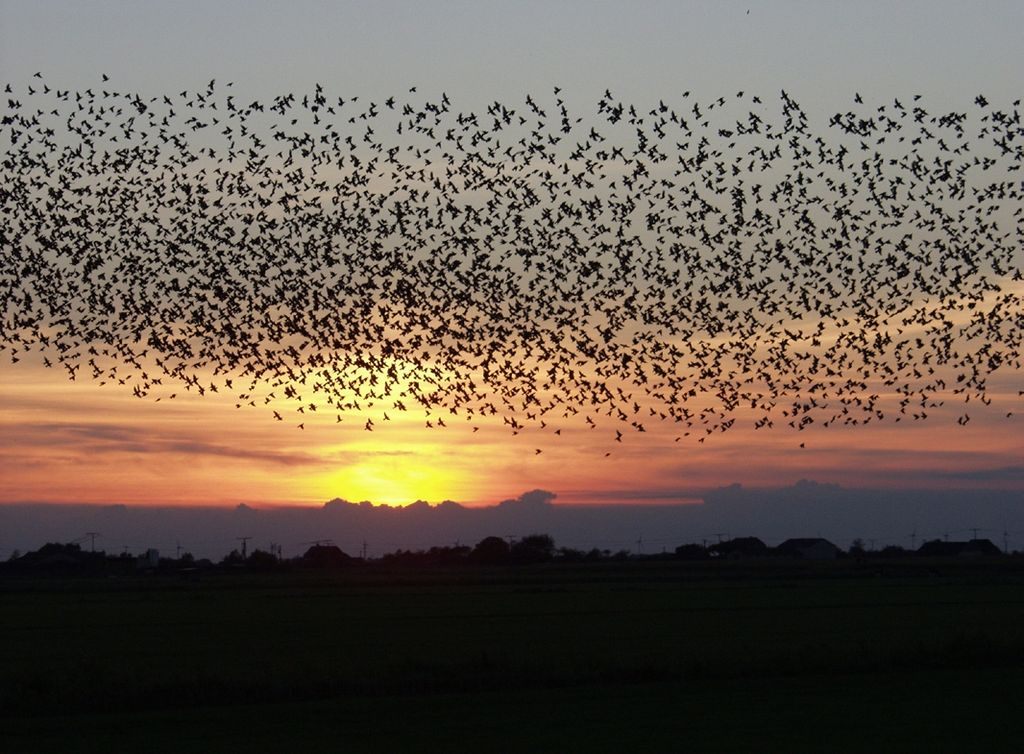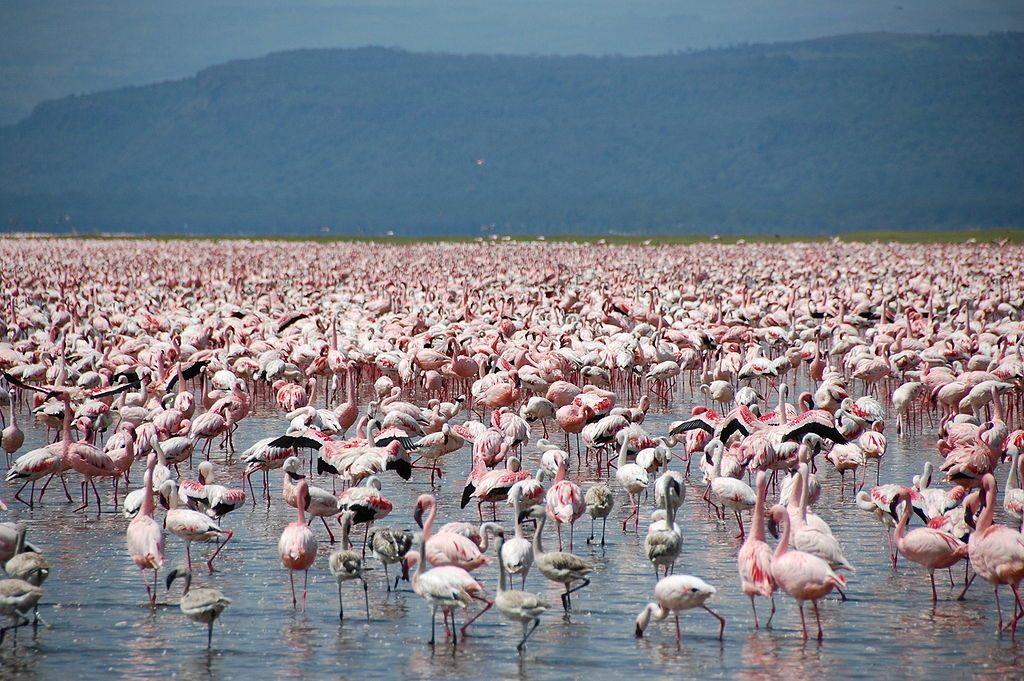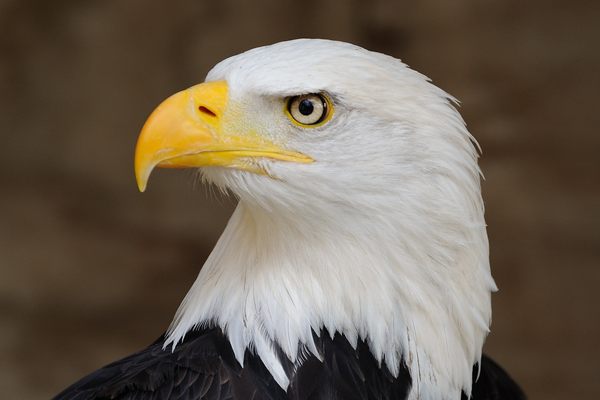‘An Ostentation of Peacocks,’ and Other Flowery Ways Medieval Hunters Grouped Birds

Thankfully this murmuration of starlings isn’t a murder of crows. (Image: MGA73bot/Wikipedia)
So you’ve spotted a bunch of birds! Congratulations! But how to tell people?
The poetic nature of bird-group terminology is well-established, but the individual terms are hard to keep track of. Once you get beyond your standard flock or flight of pigeons, you start hitting exotic phrases like a “watch of nightingales” and a “pitying of turtledoves.”
These unusual collective nouns bestowed on animals, especially birds, are known as terms of venery, and date back to the hunting traditions and practices of the Middle Ages. During the era, sport and hunting were highly esteemed practices that had developed their own specialty language. Collective terms, which usually originated as a jokey or poetic description, came to be used for beasts of the land, birds in the sky, and even other humans. In the case of humans, medieval wordsmiths coined terms like a “sentence of judges” or a “doctrine of doctors.” When it came to birds and animals, the names became much more abstract.

Medieval hawking looked kinder in illustrations. (Image: AndreasPraefcke/Wikipedia)
While venereal (yes, that is the correct adjective) terms date to before the 15th century, it was the Book of St. Albans, published in 1486 that really brought the terms into the cultural consciousness. The book, a guide to the various outdoorsman’s pastimes, was split into three parts, focusing on hawking, hunting, heraldry, and in a later edition, fishing. As part of the section on hunting, there are listed 165 different venery terms, with an emphasis on birds. The terms were not likely used in practical application, but rather as a showy bit of language, employed by gentlemen looking to show off their erudition. Regardless of their actual use in hunting, many of the terms managed to take hold of the popular imagination.
While none of the Book of St. Albans text is thought to have been original, each section having been copied or adapted from other works, the compendium proved hugely popular in its day. As World Wide Words points out, by the 16th century, the book was reprinted so many times that its reproduction numbers were (likely sarcastically) compared to that of the Bible. Thanks to the popularity of this volume, terms like “a shrewdness of apes,” “an exaltation of larks,” and even “a gaggle of geese,” earned a place in the English lexicon. These medieval constructions survived down the centuries both through popular usage and through the works of historians and scholars.

A flamboyance of flamingos. (Image: Syllabub/Wikipedia)
Today the most well-known modern work on the subject is a thin volume by James Lipton, of Inside The Actors Studio fame. Titled An Exaltation of Larks, the book is a collection of venery terms collected from medieval sources, and some he just made up himself. The true beauty of venery terms, which Lipton takes advantage of, is that they can be created by anyone with a poetic spirit and a will to name a bunch of animals. Venereal terms are not based in scientific dogma, but imaginative wordplay, and are only granted validity by their survival.
Venery terms for all sorts of animals lasted through the centuries (a pride of lions, a pod of whales), but it is birds in particular that have retained a pronounced air of poetry surrounding their collective nouns. There are those that are more well-known, such as “a murder of crows,” “a parliament of owls,” and “a wedge of swans.” Then there are some of the more esoteric names, which embrace an abstract concept related to the bird they are describing. Consider “a murmuration of starlings”; “a deceit of lapwings”; “a convocation of eagles”; “an unkindness of ravens”; “a pitying of turtledoves”; “an ostentation of peacocks”; “a pandemonium of parrots”; “a huddle of penguins”; “a mob of emus”; “a rafter of turkeys.”

An omen of vultures? (Image: docentjoyce/Flickr)
Since there is no authority regarding the creation of these collective nouns, the list of possibilities for bird group names is literally endless. Feel free to come up with your own—as a starting point, we suggest “an annoyance of pigeons”; “a burden of albatrosses”; and “an omen of vultures.”















Follow us on Twitter to get the latest on the world's hidden wonders.
Like us on Facebook to get the latest on the world's hidden wonders.
Follow us on Twitter Like us on Facebook